Led by scientists of the Senckenberg Research Institute and the University of Tübingen, the excavation team found the remains of a saber-toothed cat at the archaeological site in Schöningen. An examination of the skull fragments at the Dutch University of Leiden revealed the animal to be a representative of the European saber-toothed cat, Homotherium latidens. The recent discovery constitutes the third example of this large predatory cat from Schöningen.
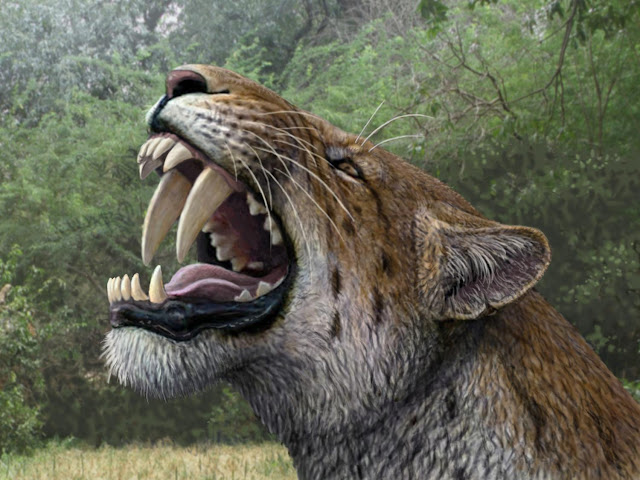 |
| Artistic rendition of Homotherium latidens [Credit: Mauricio Antón] |
"In the course of our excavation in May 2015, we came across conspicuous bone fragments," explains Dr. Jordi Serangeli, a scientist at the University of Tübingen and the excavation leader at the approximately 300,000-year-old archaeological site, and he continues, "In total, there are three individuals of Homotherium present in these relatively young sediment layers."
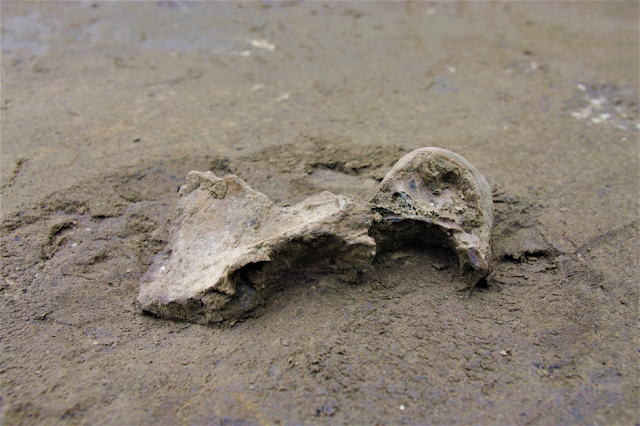 |
| In-situ position of a skull fragment from the third Homotherium, which was discovered on 25 May 2015 at the archaeological dig in Schöningen [Credit: Univ. Tübingen/Senckenberg] |
During a restoration in 2016, André Ramcharan and Ivo Verheijen at the University of Leiden were able to reassemble the eleven bone fragments into an almost complete neurocranium. "We then compared the reconstructed skull with recent and already extinct species of large carnivores and were thus able to demonstrate that the remains represented the head of a European saber-toothed cat," explains Professor Dr. Thijs van Kolfschoten of the University of Leiden.
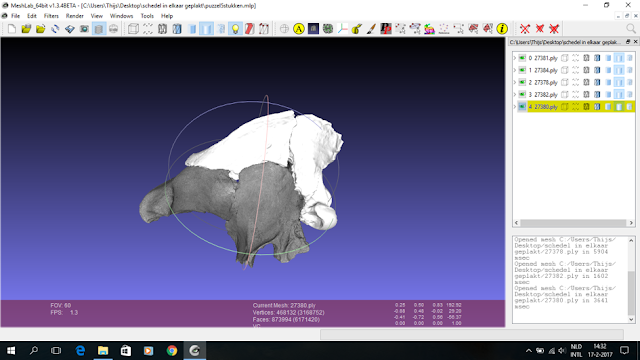 |
| The bones were initially scanned, restored and subsequently reassembled with the aid of a computer [Credit: University of Leiden] |
"The third Homotherium from Schöningen is invaluable for our understanding of the European saber-toothed cat," summarizes Professor Nicholas Conard of the Senckenberg Centre for Human Evolution and Palaeoenvironment and head of the Institute for Early Prehistory and Quaternary Ecology at the University of Tübingen.
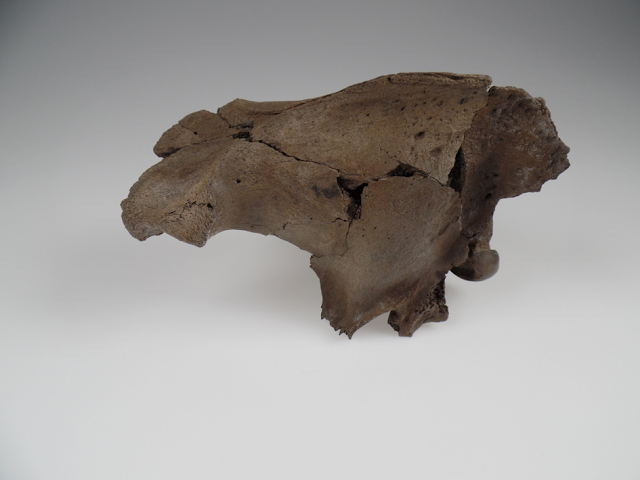 |
| The reconstructed neurocranium of the European saber-toothed cat [Credit: Univ. Tübingen/Senckenberg] |
The dig in Schöningen keeps a team of ten members employed full-time -- and during the main excavation season, the team is joined by five to ten students, who support the scientific excavation. Worldwide, about 50 scientists from 30 institutions and a wide variety of disciplines are involved in researching the discoveries from Schöningen. The dig is financed by the State of Lower Saxony.
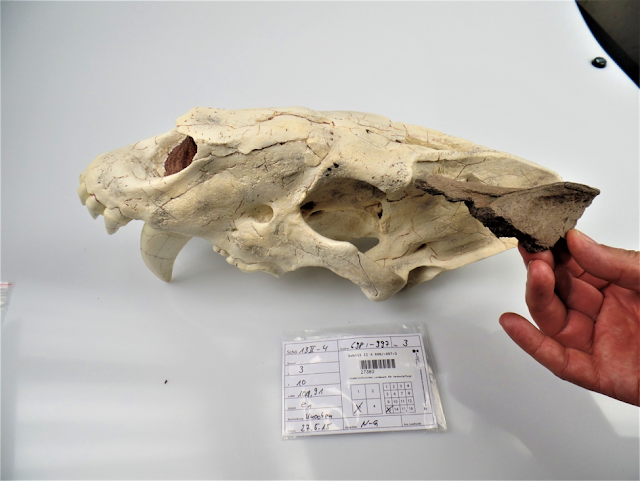 |
| Technician André Ramcharan (University of Leiden, Netherlands) compares a find with the cast skull of a Homotherium [Credit: University of Leiden] |
Source: Senckenberg Research Institute and Natural History Museum [April 12, 2017]






0 komentar:
Post a Comment